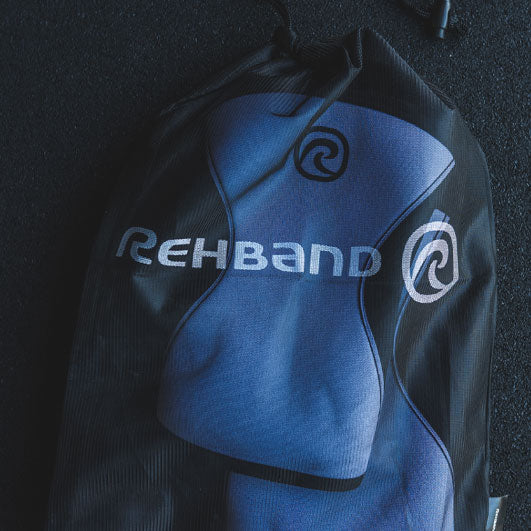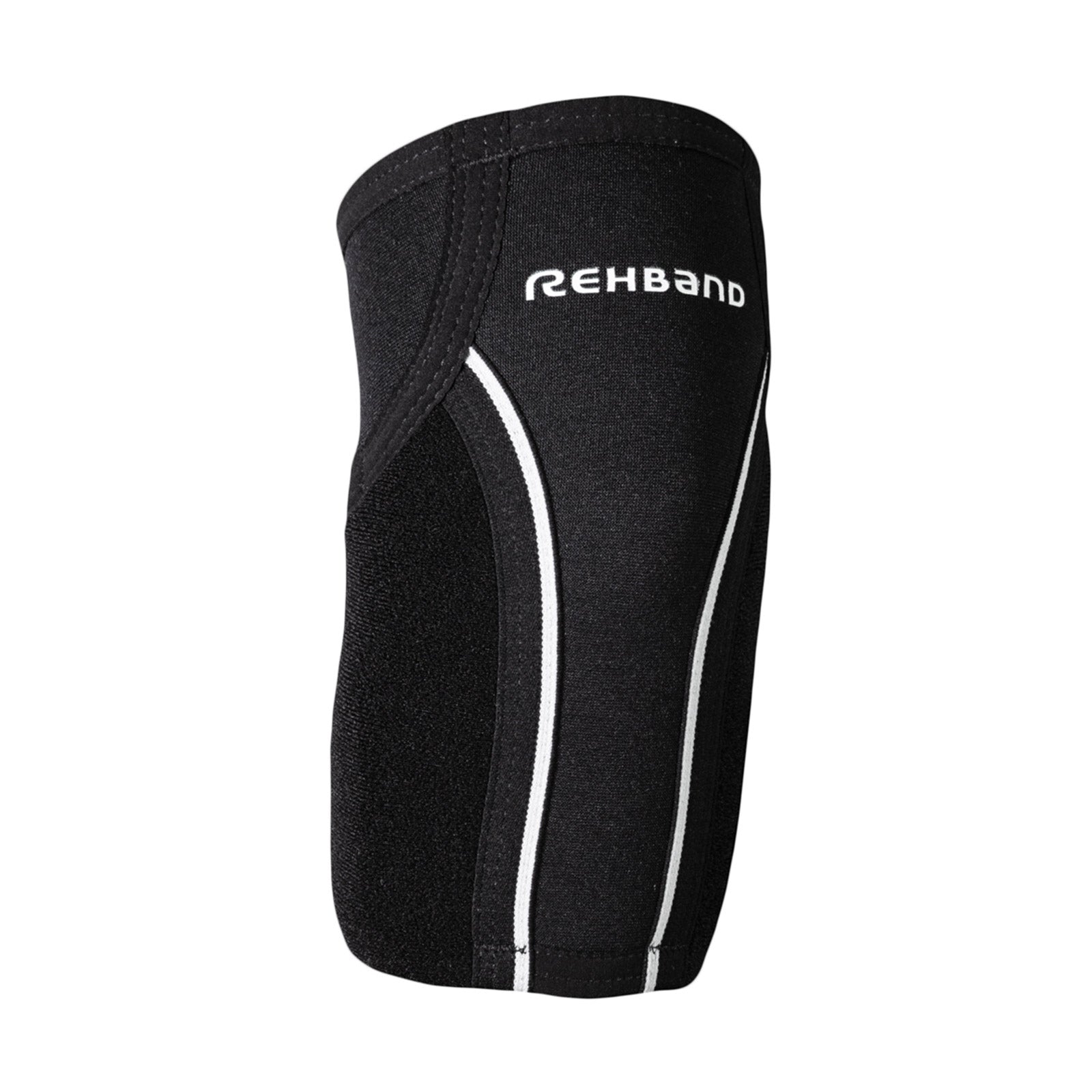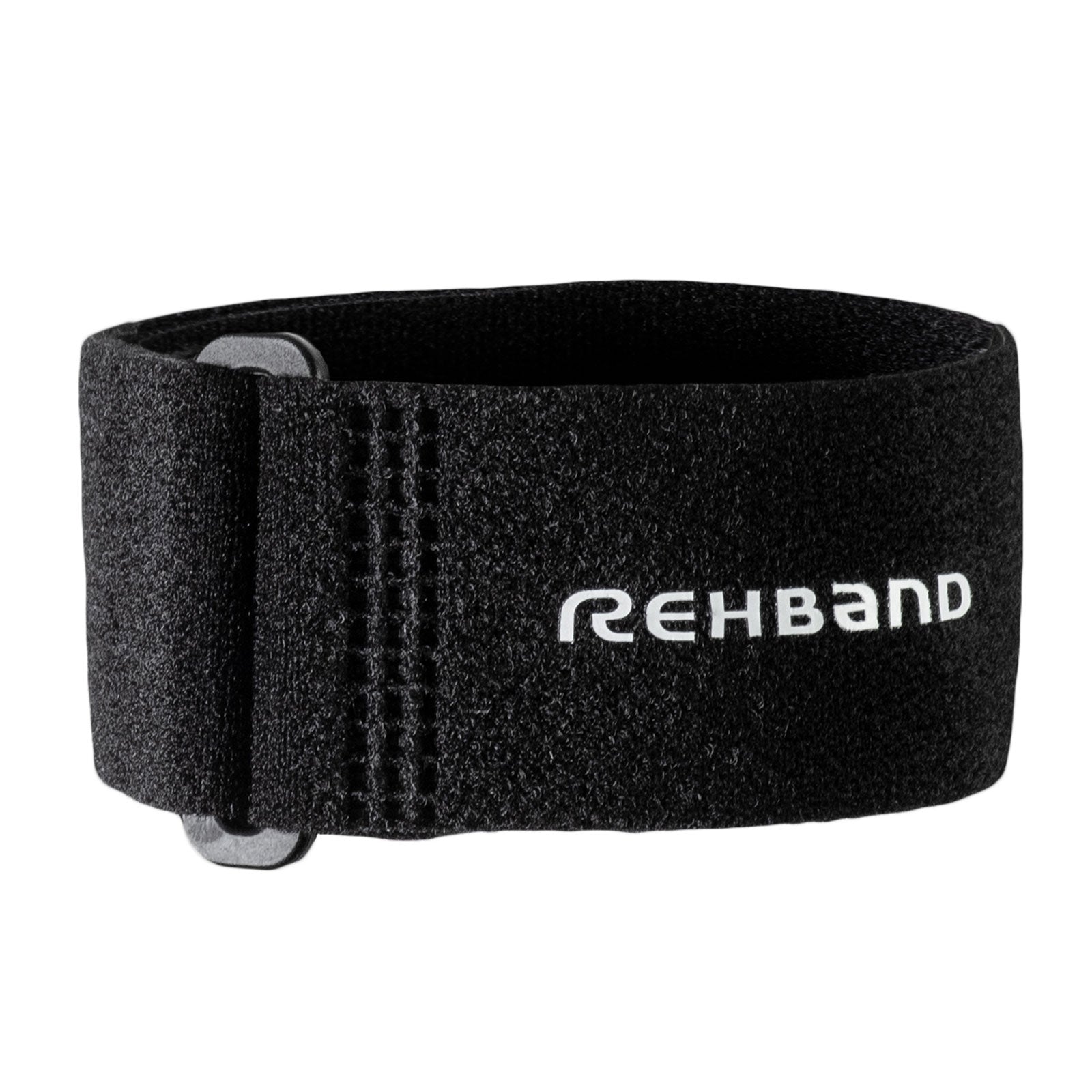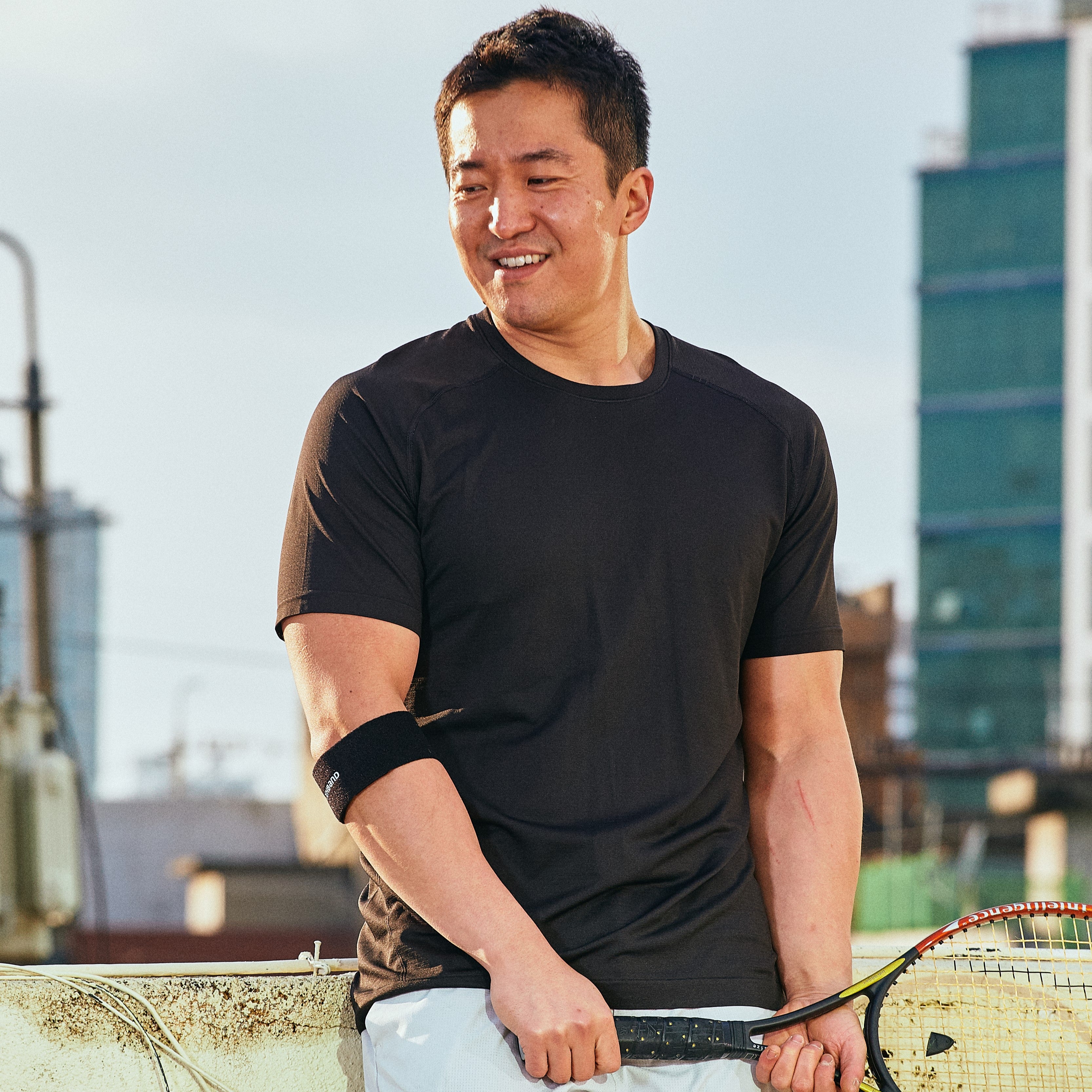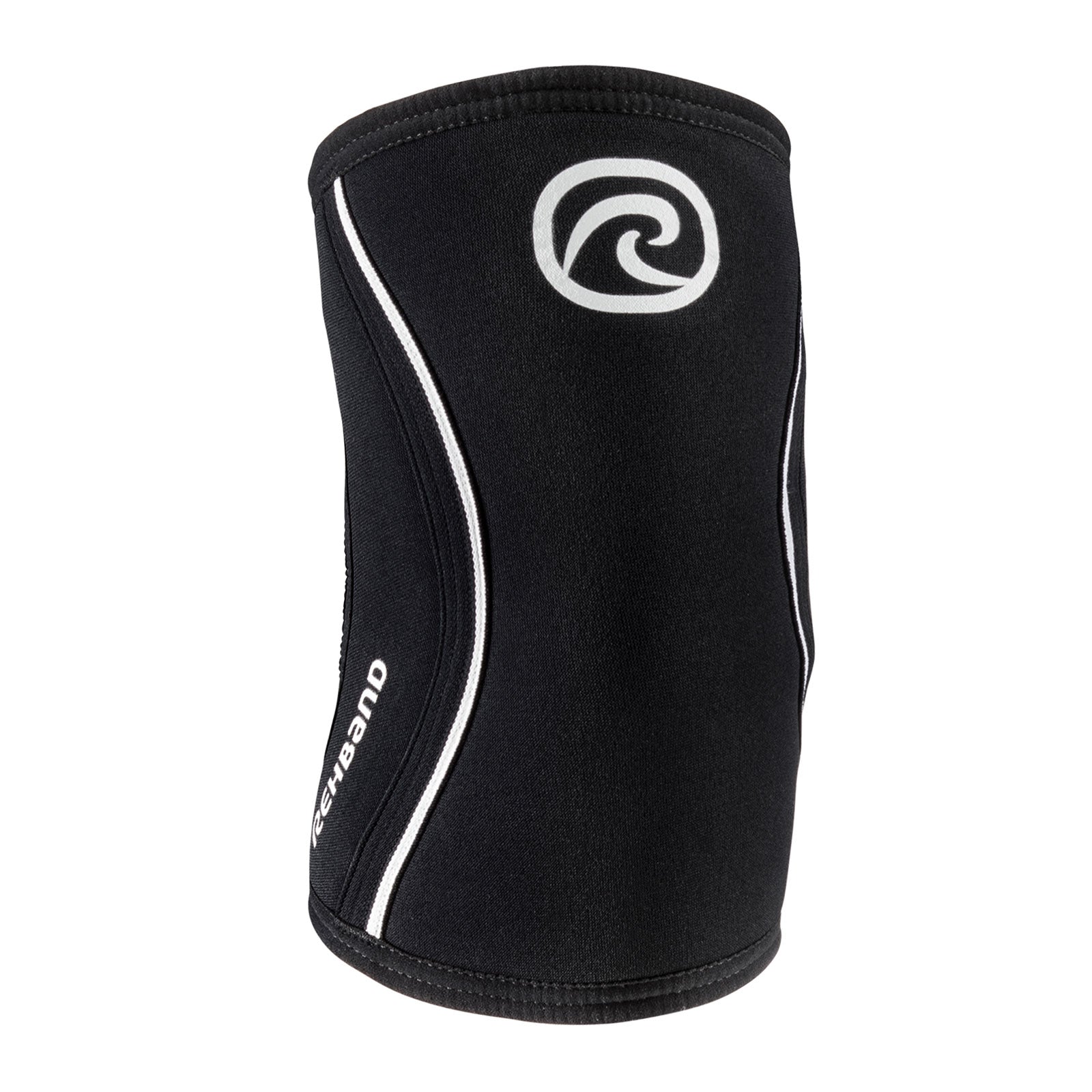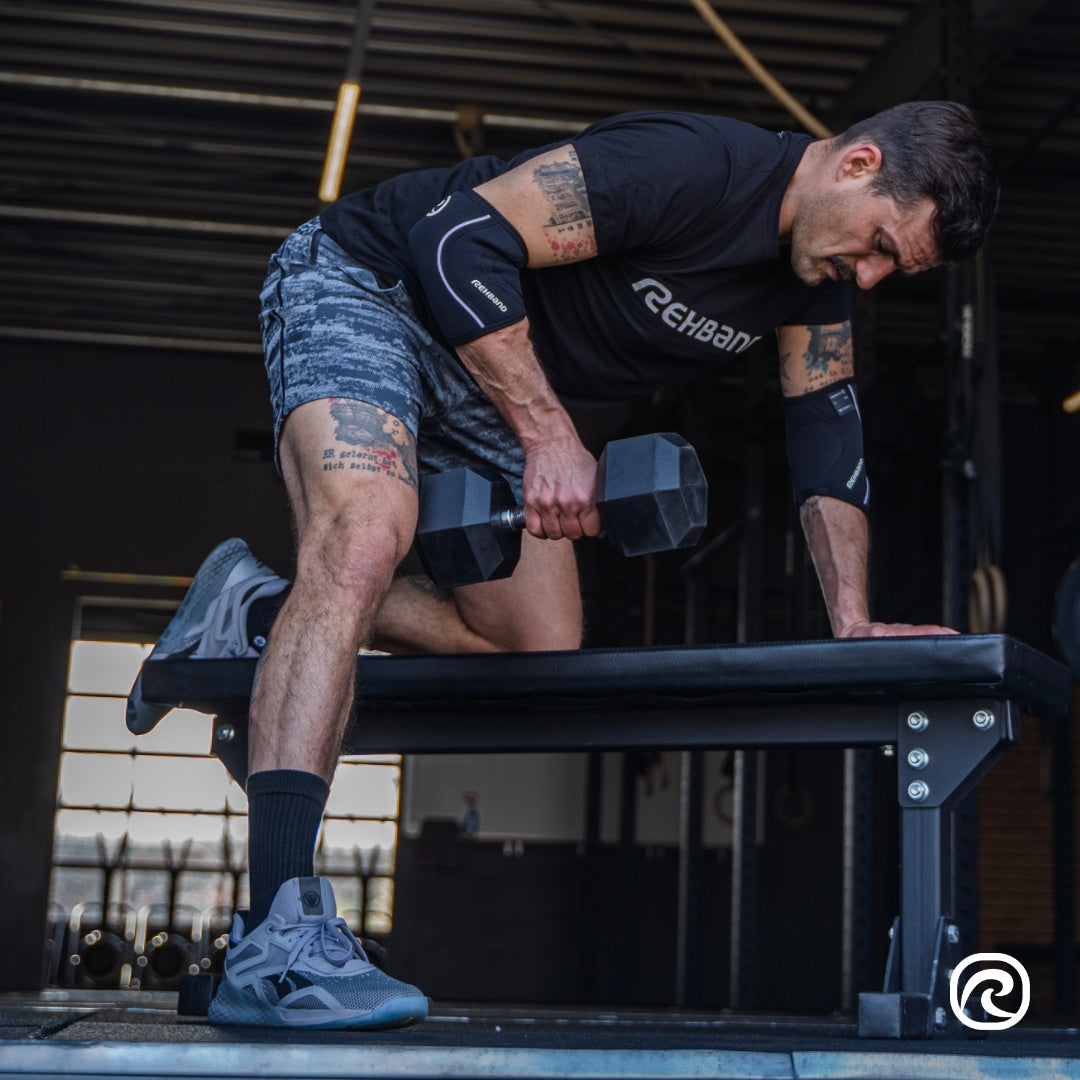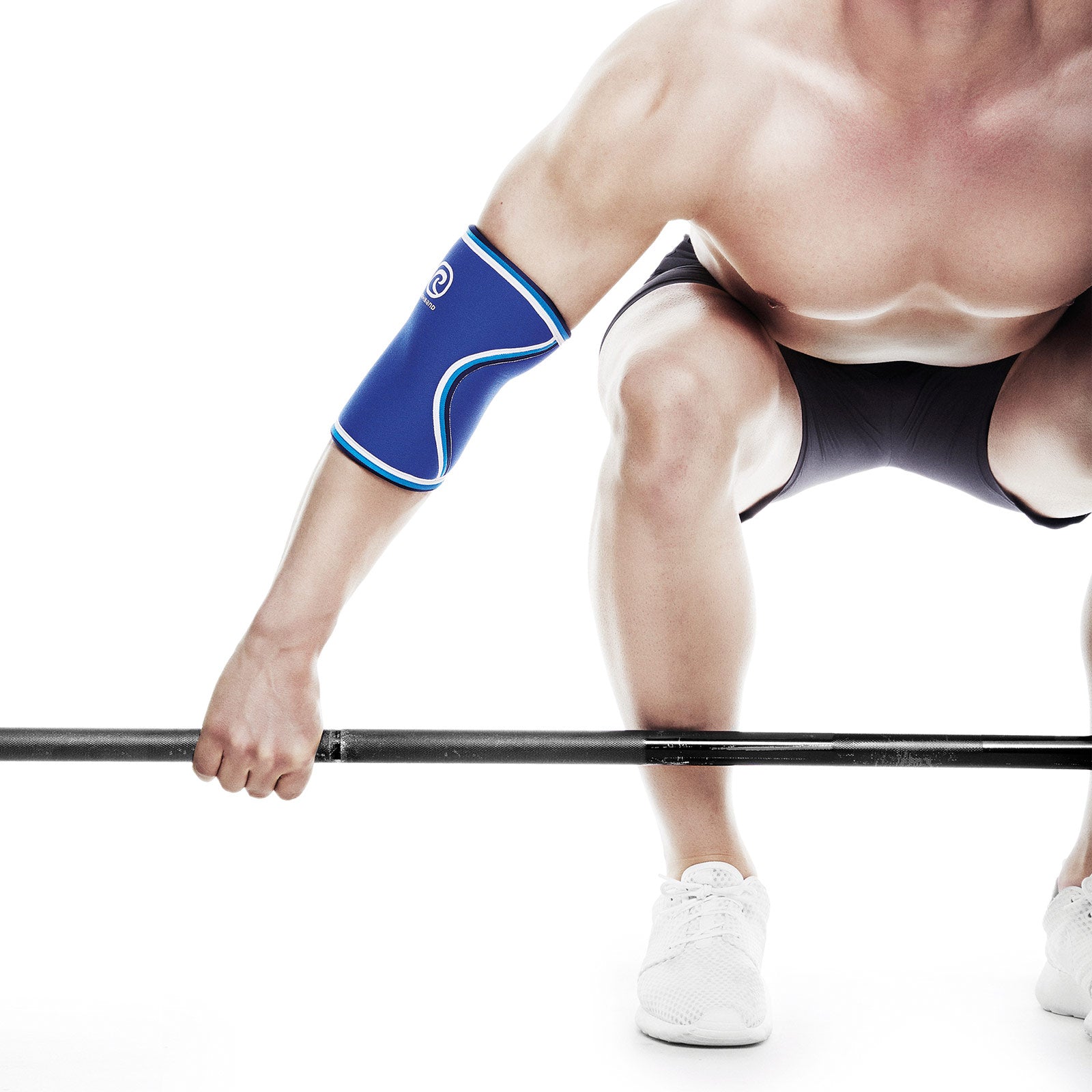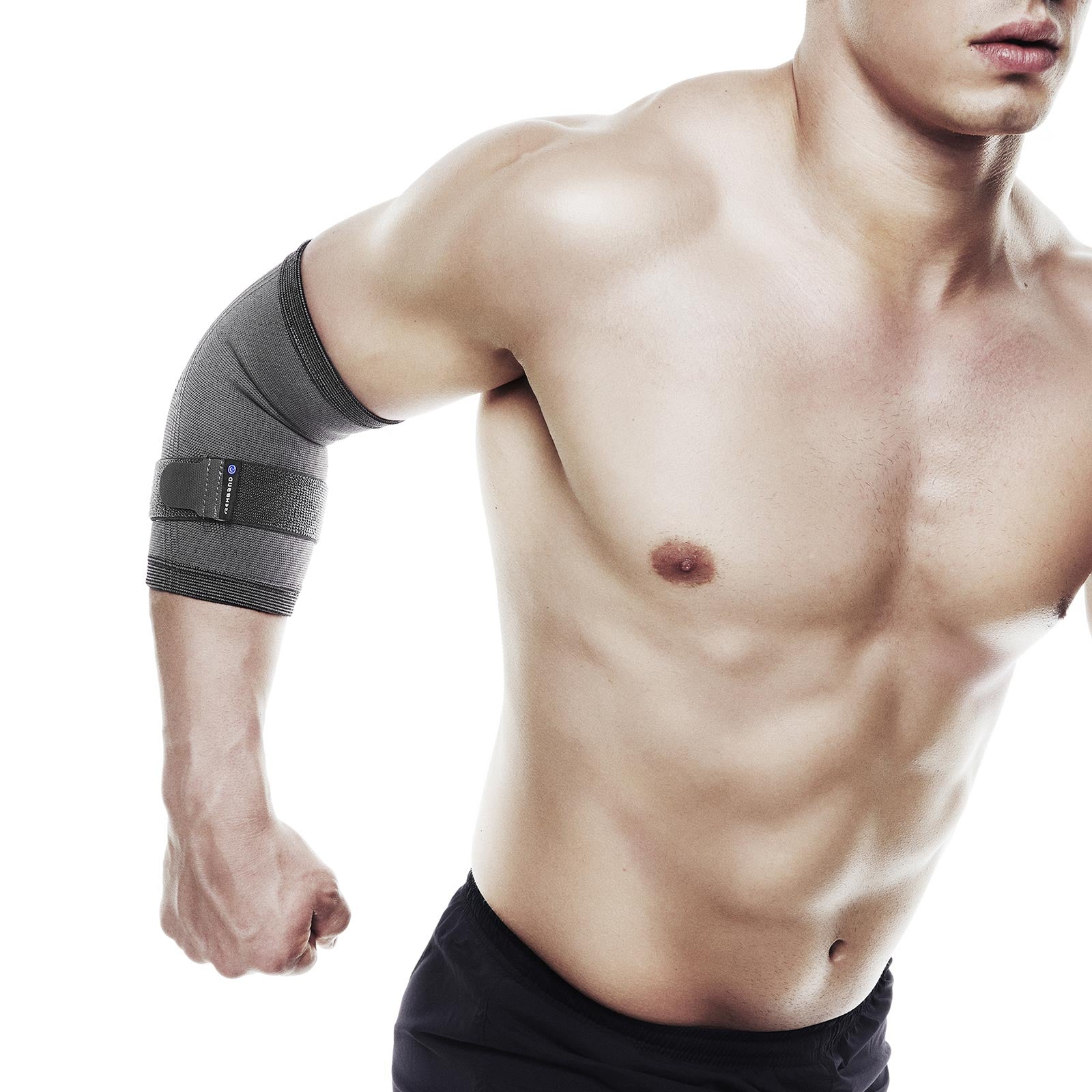Understanding Tennis Elbow (Lateral Epicondylitis)
Tennis elbow, also known as lateral epicondylitis, is a condition characterized by pain on the outer part of the elbow due to inflammation of the tendons that connect the forearm muscles to the elbow. The condition typically develops from repetitive use, especially involving wrist extension, which leads to tiny tears in the tendons. Over time, these small injuries cause significant discomfort, often worsening gradually. Although it is most common among athletes, particularly tennis players, other professions involving repetitive hand movements, like painters or carpenters, are also prone to this condition.
Symptoms of tennis elbow can develop subtly, with mild pain that intensifies over time. This pain is usually aggravated by actions like gripping, twisting, or lifting objects. Additionally, weakness in grip strength may develop, making everyday tasks such as holding a cup or shaking hands difficult. The discomfort typically occurs on the outer side of the elbow, but can also radiate into the forearm or wrist. Most people affected are between 30 and 50 years old, although it can occur in anyone who performs repetitive arm motions.
Treatment and Management of Tennis Elbow
Treatment for tennis elbow often begins with conservative measures. Resting the affected arm and avoiding activities that trigger pain is key to preventing further damage. Applying ice to reduce inflammation, along with nonsteroidal anti-inflammatory drugs (NSAIDs) to alleviate pain, are common initial approaches. For more persistent cases, physical therapy, including exercises to strengthen the forearm muscles, may be recommended. In severe situations, corticosteroid injections or even surgery might be considered when conservative methods fail to provide relief.
The role of proper equipment and technique in preventing tennis elbow is also significant, especially in sports. Using ergonomic tools in the workplace or adjusting your racquet in tennis can help reduce strain on the elbow. Rehband supports, such as braces, can assist in alleviating pain and promoting recovery, offering extra stability during healing.

